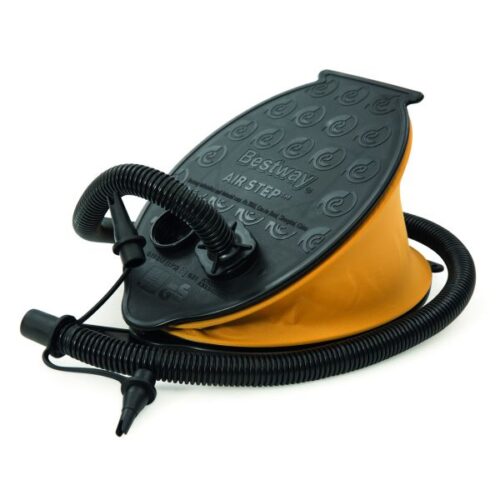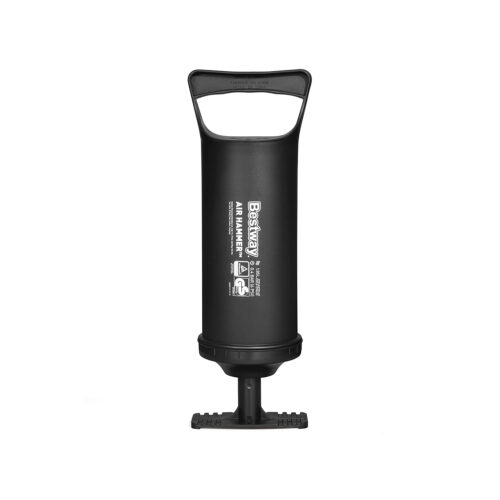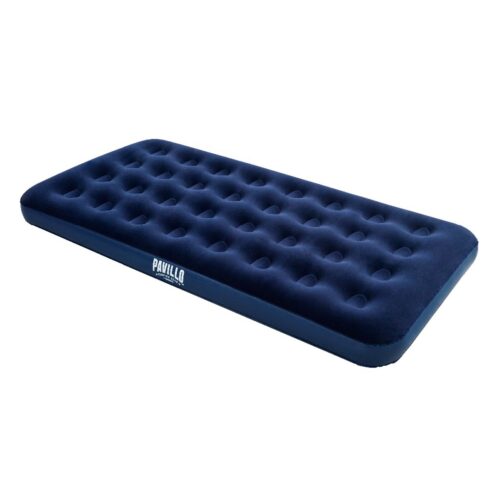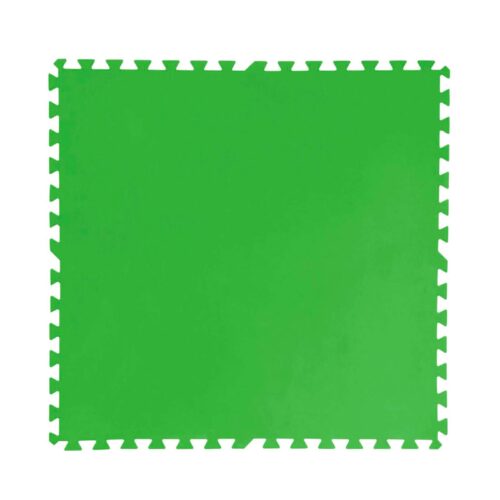Description
Sleeping bag 180×75 in Uzbekistan, Tashkent
A sleeping bag with dimensions of 180×75 cm typically refers to a standard-sized sleeping bag suitable for one adult person. Here are some common features and considerations for this type of sleeping bag:
- Size Sleeping bag 180×75: The dimensions 180×75 cm indicate the length and width of the sleeping bag when laid flat. This size is suitable for most adults, providing enough room to comfortably sleep in various positions.
- Temperature Rating Sleeping bag 180×75: Sleeping bags come with temperature ratings that indicate the lowest temperature at which the bag can keep the sleeper warm. Depending on the insulation and materials used, sleeping bags may have different temperature ratings for various seasons and weather conditions.
- Insulation Sleeping bag 180×75: Look for a sleeping bag with adequate insulation to keep you warm during nights in various environments. Common insulation materials include synthetic fills like polyester or natural fills like down.
- Shell Material: The outer shell of the sleeping bag should be made of durable and water-resistant materials to protect against moisture and abrasion. Ripstop nylon or polyester is commonly used for this purpose.
- Lining Material: The inner lining of the sleeping bag should be soft and breathable for comfort. Polyester taffeta or cotton flannel linings are popular choices.
- Zipper: A high-quality zipper that runs smoothly without snagging is essential for easy entry and exit. Some sleeping bags feature draft tubes along the zipper to prevent cold air from entering.
- Hood: A hood helps to trap heat and keep your head warm during cold nights. Look for a sleeping bag with an adjustable hood for a snug fit.
- Weight and Packability: Consider the weight and packability of the sleeping bag if you plan to carry it for backpacking or hiking trips. Lightweight and compressible sleeping bags are ideal for these purposes.
- Additional Features: Some sleeping bags come with extra features such as stash pockets for storing small items, pad sleeves to keep your sleeping pad in place, or draft collars to prevent heat loss around the neck and shoulders.
When selecting a sleeping bag, consider your intended use, climate conditions, and personal preferences to choose the most suitable option for your needs.
Other products in category Sleeping bags






